MARKET SNAPSHOT
New unit completions are also projected to decline by nearly 50% in 2025. This lower pace of development is expected to persist, as apartment starts—a leading indicator of future deliveries—fell by 49%, with developers breaking ground on just 1,478 units in 2024 across the metro.
Healthy annual rent growth is projected to continue in 2025, peaking at 3.2% in Q3 before easing to 2.9% by year-end, with the average monthly rental rate settling at $1,439.
As of Q4 2024, Birmingham's occupancy rate of 95.9% ranked sixth nationally among major markets. This rate is projected to improve modestly in 2025, ensuring Birmingham remains one of the top markets for occupancy this year.
The construction pipeline in Birmingham has significantly contracted, dropping from a peak of over 3,000 units at the end of 2022 to 1,400 units as of January 2025. This reduction marks a return to the average annual activity levels observed over the past decade. Additionally, new construction activity has slowed considerably, with only 270 multifamily units breaking ground in 2024, according to CoStar data. This decline in new development is expected to tighten market conditions toward the end of 2025 and into 2026. As demand continues to outpace supply, property owners are likely to regain pricing power, creating favorable conditions for rent increases and improved market stability.
Downtown Birmingham remains the focal point of development activity, fueled by strong demand for urban living in a revitalized community that continues to attract residents with its expanding restaurant and retail scene and a growing employment base. Meanwhile, suburban submarkets such as Outlying Jefferson County and Bessemer/Fairfield are experiencing increased development activity, driven by demand for high-end and mid-range rental options. Rising home prices and elevated financing costs have encouraged many potential buyers to turn to rental housing in these areas, particularly in communities with strong school districts that appeal to families and professionals alike.
In 2024, absorption in the Birmingham multifamily market gained momentum, with demand outpacing new supply for the first time in over six quarters. This surge exceeded the annual completion rate and led to an increase in occupancy. Although the occupancy growth was modest—10 basis points—it marks a positive development for Birmingham’s multifamily property owners and operators, indicating improving conditions that may support more substantial rent increases this year.
Looking ahead to 2025, occupancy is expected to remain steady for much of the year. As new construction slows and demand remains consistent, occupancy levels are projected to trend upward into 2026, fostering a more balanced and sustainable market environment.
Over the past 18 months, owners and operators in the Birmingham multifamily market faced significant challenges as an influx of new construction heightened competition and eroded pricing power. During this period, annual rent growth consistently hovered below 1% each quarter. However, as supply pressures began to ease, the market experienced a 1.3% uptick in rents in the final quarter of 2024—a welcome sign of recovery.
Looking ahead to 2025, this positive rental momentum is expected to continue, with average rents projected to increase from $1,217 to $1,243 by year-end, reflecting a 2.1% annual growth rate. This sustained improvement highlights the gradual rebalancing of supply and demand, providing a more favorable outlook for property owners and operators this year.
12-month period ending November 2024
| Income Assumptions | Value / Unit | Year Change (%) |
|---|---|---|
| Occupancy (%) | 90.80% | 0.4% |
| Rental Income / Occupied Unit | $1,147.24 | 2.8% |
| Recoverable Expenses / Occupied Unit | $99.27 | 15.8% |
| Other Income / Occupied Unit | $79.82 | 8.7% |
| Total Income / Occupied Unit | $1,326.33 | 4.0% |
| Operating Income | ||
| Rental Income | $1,043.57 | 3.2% |
| Recoverable Expenses | $90.30 | 16.2% |
| Other Income | $72.63 | 9.1% |
| Total Income | $1,206.50 | 4.4% |
| Operating Expenses | Value / Unit | Year Change (%) |
|---|---|---|
| Payroll | $135.68 | 3.4% |
| Marketing & Advertising | $19.28 | 13.5% |
| Repairs & Maintenance | $92.88 | -1.7% |
| Administrative | $44.62 | 11.9% |
| Management Fees | $38.26 | 1.5% |
| Utilities | $113.65 | 3.1% |
| Real Estate & Other Taxes | $120.15 | 6.4% |
| Insurance | $59.32 | 13.8% |
| Other Operating Expensees | $1.95 | |
| Total Operating Expense | $625.78 | 4.8% |
| Net Operating Income | $580.73 | 4.0% |
The Birmingham multifamily market is poised for gradual stabilization in 2025, supported by improving demand fundamentals and a slowdown in new supply. In 2024, net absorption outpaced new deliveries for the first time in over six quarters, leading to a modest increase in occupancy. While the current occupancy rate of 89.5% remains below the national benchmark, the contraction of the development pipeline is expected to create a more balanced market environment. Rent growth is projected to continue its upward trajectory, with average rents anticipated to rise by 2.1% by year-end, reflecting the improving supply-demand dynamics.
Looking ahead, sustained population growth and a resilient local economy will further support multifamily demand in Birmingham. Downtown remains a focal point for development, while suburban submarkets such as Outlying Jefferson County and Bessemer/Fairfield are attracting renters seeking affordability and high-quality living options. As construction activity continues to slow and demand remains steady, occupancy levels are expected to improve, positioning Birmingham for steady long-term growth.












